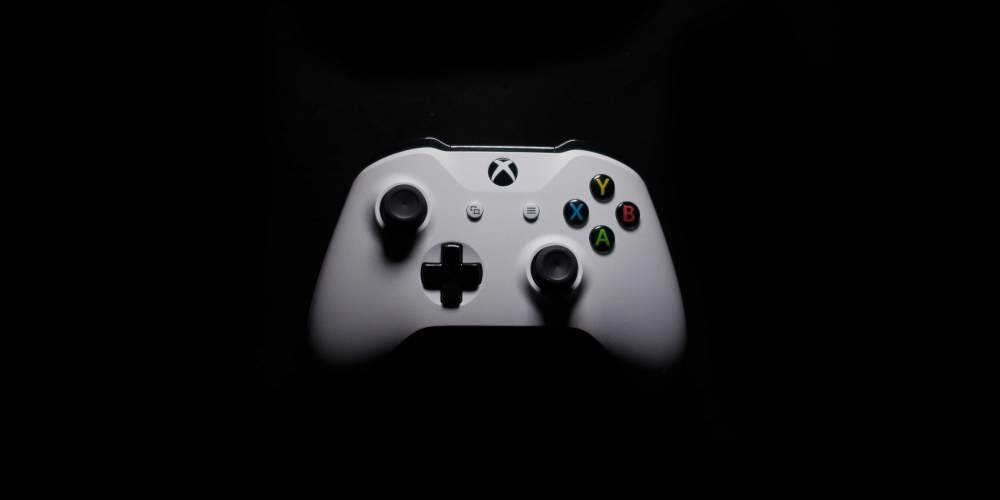The fierce loyalty within the gaming entertainment industry has long seen gamers defend—to the hilt—their console of choice from the vitriolic attacks of those who might have chosen differently.
Since the advent of home gaming, many have stuck regimentally to their own ideas of what they believe gaming should look and feel like.
Today, with the dominance of Sony's PlayStation and Microsoft's Xbox consoles, gamers remain as staunchly defensive as ever. But is it about time to admit that all gaming consoles are now essentially the same?
Sure, Nintendo remains a bit of an oddball compared to Sony and Microsoft, but even so, the end result is comparable between all the gaming systems offered by the different companies.
Boil it down and modern consoles all do the same basic things: shop for video games, load video games, and ensure the ability to have fun whenever you pick up the controller and play video games.
Here's my take on the reasons why modern gaming consoles are basically the same thing in different wrappers.
This is an opinion piece. The views expressed in this article belong solely to the author and don't necessarily reflect the positions of whatNerd or the whatNerd team.
1. Gaming Exclusives
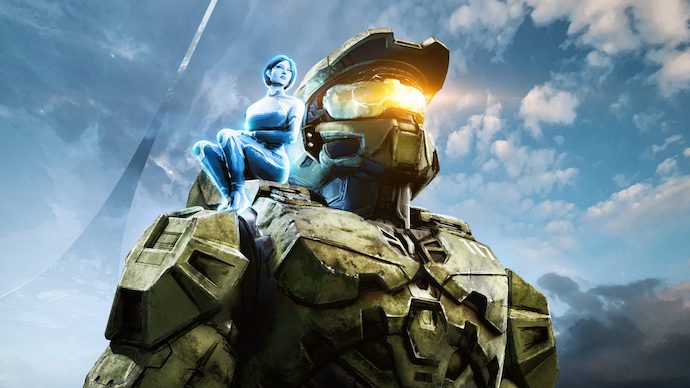
As gaming's biggest companies begin to consolidate the wider industry, they're in search of exclusive titles for their platforms—and this is starting to feel like the last bit of originality individual consoles have left.
The biggest draw for gamers to a particular console now comes down to which exclusive video games they can offer.
We see that large gaming corporations are eager to buy up smaller studios, usually in the hopes of making their content exclusive. It's one reason why Microsoft acquired Activision Blizzard for over $60 billion, to take control of the Call of Duty franchise (among others).
This is the battleground where today's console wars are to be fought. Why? Because both Microsoft and Sony know that, on a fundamental level, their consoles aren't all that different from each other.
The choice now falls on the gamer: do they want to spend their money on an Xbox to play Halo or do they want to swing through the streets of New York in PlayStation's Spider-Man?
2. Gaming Controllers
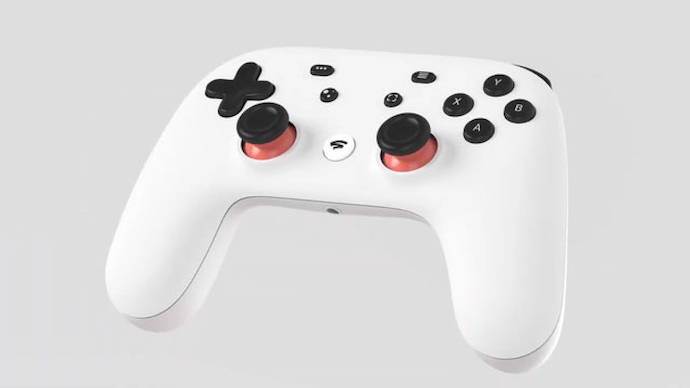
The look and feel of console controllers have changed with each generation, mostly toward ergonomic design. Nintendo is the lone wolf who steered another direction with the Nintendo Switch, focusing on a layout that makes the controller portable with the console.
For the rest of the console gaming industry, controllers all look nearly identical as far as layout design—and for how different the Nintendo Switch is, the controller isn't even that unusual. The similarities are evident in the Google Stadia, Steam Controller, and more.
And it makes sense for that to be the case. Microsoft and Sony have spent years performing R&D with full-blown teams dedicated to crafting the best controller design for modern games. Eventually, those designs are destined to merge and become one.
Aside from minute differences—like the Xbox featuring a higher thumbstick position than its PlayStation counterpart—most gaming controllers aim for the same familiar format and offer the same features. Gone are the days of Dreamcast and Nintendo 64 controllers.
3. Media Uses
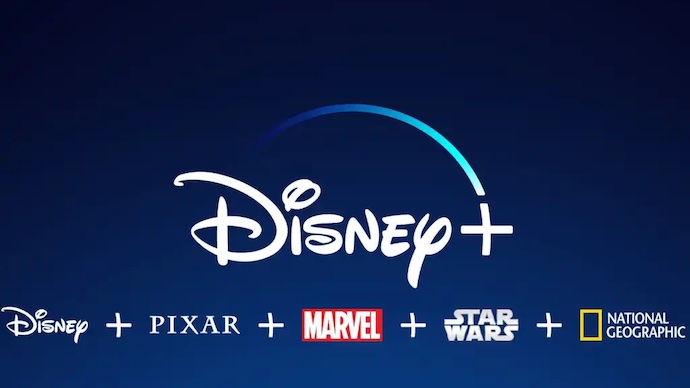
The modern gaming system isn't only for gaming. It's meant to be a fully equipped multimedia platform for all your recreational needs.
Catch a sudden urge to watch a movie or TV series while playing video games? Or maybe you want to play some Spotify while hosting friends for a dinner party? You can do that with your console.
And if you have a collection of DVDs and/or Blu-rays that you don't want going to waste, you can watch them on modern consoles.
4. Online Gaming Experience

The difference between the original Xbox 360 and the PlayStation 3 was vast, especially when taking into account the cost of playing online. Sony offered it for free while Microsoft charged a fee; Microsoft's experience felt more wholly complete than Sony's.
Microsoft's overall connectivity and their concept of Gamerscore resulted in a more refined system that was a pleasure to use (as long as you weren't fearing the Red Ring of Death). By contrast, Sony's online experience felt cold and soulless.
These days, gamers care a lot about cross-platform gaming. They don't care if their friends have Xboxes or PlayStations— they just want to play together with them online.
That desire that caused the online experiences of each console to gravitate toward uniformity. No console offers anything that's drastically different from the others; only bells and whistles.
5. Overall User Comparison
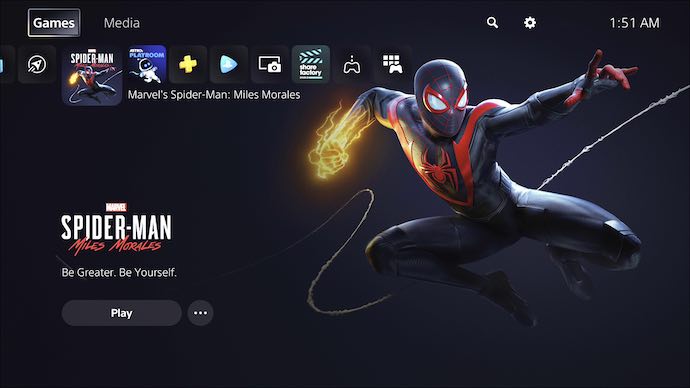
As far as users go, which is all that matters when it comes to the differences between consoles, each system has diehard fans. These fans are loyal to the badge, the branding, the identity. Very few things can convince them to switch away.
By this point, comparing features and specifications is almost a pointless exercise. Even if one system has an edge, the others soon step up and implement it themselves (or something similar).
This loops back to the first point about gaming exclusives: the systems are so similar that exclusives are really the only way to stand out now. It's not about the systems but what they can offer on their systems.
